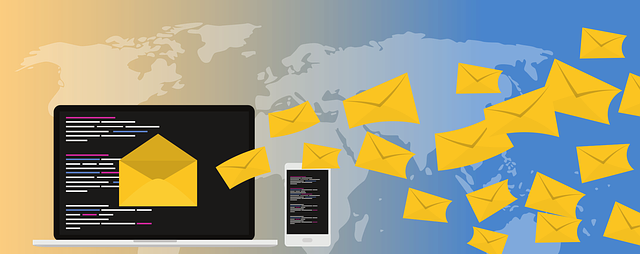Developing a Chatbot for Email Automation Using OpenAI: Streamlining Your Inbox Management
April 3rd, 2023

## Introduction:
Email automation is a game-changer for managing personal and professional communication. By developing a chatbot using OpenAI's powerful language models, you can automate various aspects of email management, such as drafting responses, organizing emails, and setting reminders. In this comprehensive note, we'll outline the process of creating an email automation chatbot using OpenAI.
## 1. Choosing the Right OpenAI Model:
To create an effective email automation chatbot, choose an AI language model that can handle natural language processing tasks, such as OpenAI's GPT-3. GPT-3 offers powerful text generation capabilities, making it suitable for drafting email responses, understanding user commands, and generating summaries.
## 2. Designing the Chatbot's Functionality:
Before developing your chatbot, determine the specific email automation tasks it should perform. Some potential functionalities include:
- Drafting email responses based on user prompts
- Organizing emails into folders or labels
- Summarizing long emails
- Automatically sorting and prioritizing emails
- Setting reminders for email follow-ups
- Handling out-of-office replies
## 3. Integrating with Email Services:
To interact with users' email accounts, integrate your chatbot with popular email services, such as Gmail, Outlook, or Yahoo Mail, using their respective APIs. Acquire the necessary API keys and implement OAuth 2.0 authentication to ensure secure access to user accounts.
## 4. Developing the Email Automation Chatbot:
With the OpenAI model selected and the desired functionality defined, proceed with the chatbot development:
a. API Interaction: Implement API calls to interact with the chosen OpenAI model, sending user prompts and receiving generated responses.
b. Email Service Interaction: Develop functions to interact with the chosen email service API, enabling the chatbot to read, send, and organize emails based on user commands or the chatbot's internal logic.
c. User Interface: Design a user interface for the chatbot that allows users to input commands, view email summaries, and interact with the chatbot's generated responses.
d. Natural Language Understanding: Implement natural language understanding capabilities in your chatbot to interpret user commands accurately and execute the appropriate actions, such as summarizing an email or setting a reminder.
e. Testing and Iteration: Test your chatbot's functionality, identifying any issues or improvements needed. Refine the chatbot as necessary to ensure reliable and accurate performance.
## 5. Fine-Tuning the OpenAI Model (Optional):
For better performance, consider fine-tuning the OpenAI model on a custom dataset relevant to your email automation use case. This fine-tuning process can help the chatbot better understand domain-specific terminology, generate more accurate email drafts, and improve overall performance.
## 6. Deployment and Integration:
Once your email automation chatbot is developed, deploy it using a suitable platform, such as a cloud server, and integrate it with your chosen email services. Ensure that the chatbot can securely access user email accounts and perform its tasks efficiently.
## 7. User Feedback and Continuous Improvement:
Gather user feedback to identify areas for improvement and continuously update your chatbot to enhance its performance and capabilities. Stay informed about the latest advancements in OpenAI models to ensure your chatbot remains competitive in the ever-evolving AI landscape.
## Conclusion:
Developing an email automation chatbot using OpenAI can significantly streamline email management and improve communication efficiency. By carefully selecting the appropriate AI language model, defining the chatbot's functionality, and ensuring seamless integration with email services, you can create a powerful tool that simplifies email management and enhances productivity for users.